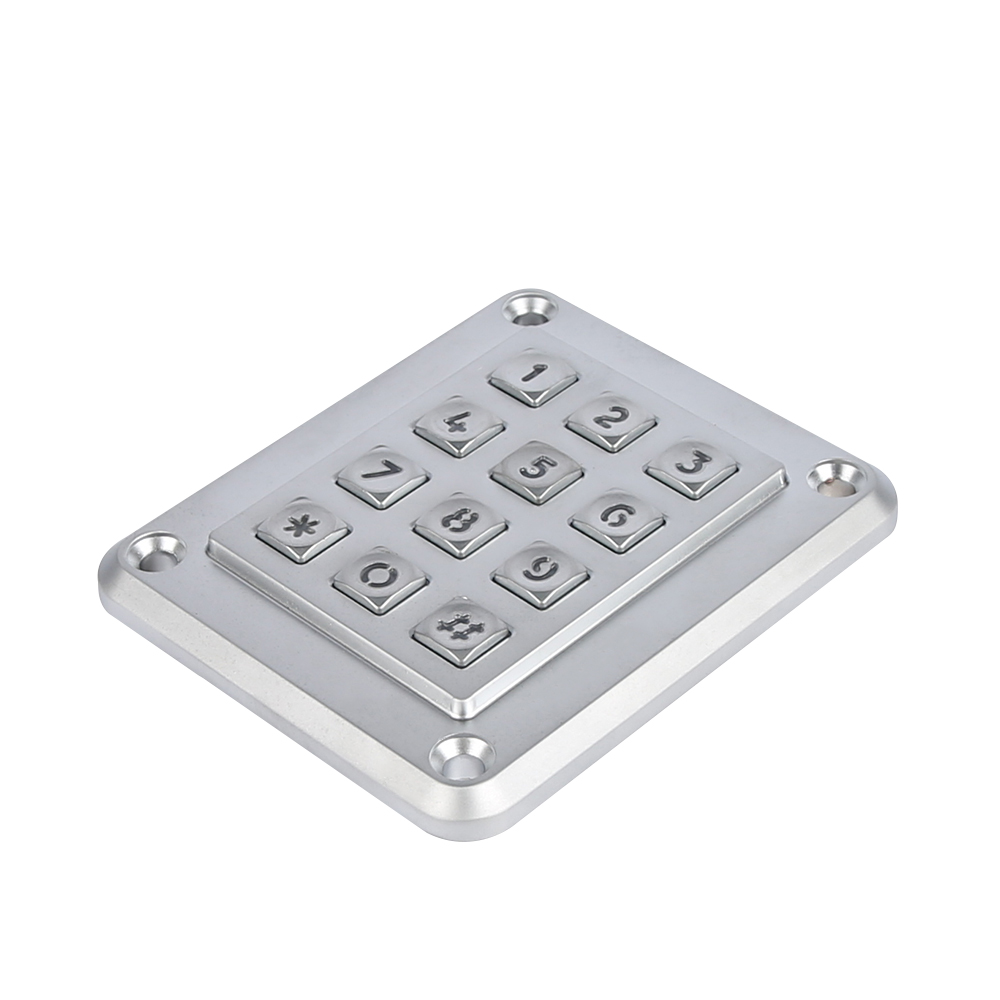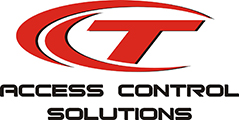Telephone keypad
Source: 本站 Published: 2023/10/23
A telephone keypad is a keypad installed on a push-button telephone or similar telecommunication device for dialing a telephone number. It was standardized when the dual-tone multi-frequency signaling (DTMF) system was developed in the Bell System in the United States in the 1960s that replaced rotary dialing originally developed in electromechanical switching systems.[1] Because of the installed abundance of rotary dial equipment well into the 1990s, many telephone keypads were also designed to produce loop-disconnect pulses electronically, and some could be optionally switched to produce either DTMF or pulses.
The development of the modern telephone keypad is attributed to research in the 1950s by Richard Deininger under the directorship of John Karlin at the Human Factors Engineering Department of Bell Labs.[2][3] The contemporary keypad is laid out in a rectangular array of twelve push buttons arranged as four rows and three columns of keys. For military applications, a fourth, right-most column of keys was added for priority signaling in the Autovon system in the 1960s. Initially, between 1963 and 1968, the keypads for civilian subscriber service omitting the lower left and lower right keys that commonly are assigned to the star (✻) and number sign (#) signals, respectively. These keys were added to provide signals for anticipated data entry purposes in business applications, but found use in Custom Calling Services (CLASS) features installed in electronic switching systems

Layout[edit]
The layout of the digit keys is different from that commonly appearing on calculators and numeric keypads. This layout was chosen after extensive human factors testing at Bell Labs.[3][5] At the time (late 1950s), mechanical calculators were not widespread, and few people had experience with them.[6] Indeed, calculators were only just starting to settle on a common layout; a 1955 paper states "Of the several calculating devices we have been able to look at... Two other calculators have keysets resembling [the layout that would become the most common layout].... Most other calculators have their keys reading upward in vertical rows of ten,"[5] while a 1960 paper, just five years later, refers to today's common calculator layout as "the arrangement frequently found in ten-key adding machines".[3] In any case, Bell Labs testing found that the telephone layout with 1, 2, and 3 in the top row, was slightly faster than the calculator layout with them in the bottom row.
The key labeled ✻ was officially named the "star" key. The key labeled # is officially called the "number sign" key, but other names such as "pound", "hash", "hex", "octothorpe", "gate", "lattice", and "square", are common, depending on national or personal preference. The Greek symbols alpha and omega had been planned originally.[7]
These can be used for special functions. For example, in the UK, users can order a 7:30 am alarm call from a BT telephone exchange by dialing: ✻55✻0730#.[8]
Most of the keys also bear letters according to the following system:
| Number | Letter |
|---|---|
| 0 | none (on some telephones, "OPERATOR" or "OPER") |
| 1 | none (on some older telephones, QZ) |
| 2 | ABC |
| 3 | DEF |
| 4 | GHI |
| 5 | JKL |
| 6 | MNO (on some older telephones, MN) |
| 7 | PQRS (on older telephones, PRS) |
| 8 | TUV |
| 9 | WXYZ (on older telephones, WXY) |
These letters have been used for multiple purposes. Originally, they referred to the leading letters of telephone exchange names. In the mid-20th century United States, before the switch to All-Number Calling, telephone numbers had seven digits including a two-digit prefix which was expressed in letters rather than digits, e.g.; KL5-5445. The UK telephone numbering system used a similar two-letter code after the initial zero to form the first part of the subscriber trunk dialling code for a region. For example, Aylesbury was assigned 0AY6, which translated into 0296.
The letters have also been used, mainly in the United States, as a technique for remembering telephone numbers easily. For example, an interior decorator might license the telephone number 1-800-724-6837, but advertise it as the more memorable phoneword 1-800-PAINTER. Sometimes businesses advertise a number with a mnemonic word having more letters than there are digits in the phone number. Usually, this means that the caller just stops dialing at 7 digits after the area code or that the extra digits are ignored by the central office.
In feature phones the letters on the keys are used for text entry tasks such as text messaging, entering names in the phone book, and browsing the web. To compensate for the smaller number of keys, phones used multi-tap and later predictive text processing to speed up the process. Touchscreen phones have made these input methods obsolete, as screens are typically large enough to show as many virtual buttons as necessary for full text entry.
Key tones[edit]
Pressing a single key of a traditional analog telephone keypad produces a telephony signaling event to the remote switching system. For touchtone service, the signal is a dual-tone multi-frequency signaling tone consisting of two simultaneous pure tone sinusoidal frequencies. The row in which the key appears determines the low-frequency component, and the column determines the high-frequency component. For example, pressing key 1 results in a signal composed of tones with frequencies 697 hertz (Hz) and 1209 Hz.

Copyright © Ningbo ChenTe Electronics Technologies co.,Ltd
Add :No 6. First Rd, Western Industrial Park,Lubu town, Yuyao Zhejiang 315420 China
